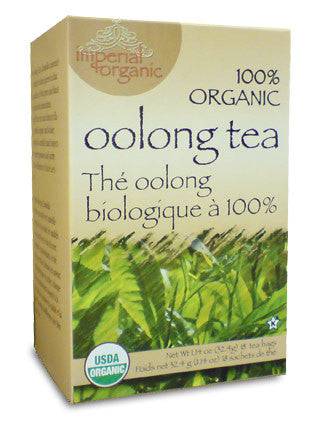Oolong tea is a unique type of tea known for its position between black and green tea in terms of processing and flavor. Here's a breakdown of oolong tea products:
Types of Oolong Tea:
- Chinese oolong tea: Oolongs originate from China, with various regions producing distinct varieties.
- Taiwanese oolong tea: Taiwan is also a major producer of oolong teas, known for their high quality and diverse flavor profiles.
Processing Variations:
- High-mountain oolong: Grown at high altitudes, these oolongs tend to be lighter and more delicate in flavor.
- Dark oolong tea: Undergoes a longer oxidation process, resulting in a darker leaf color, richer flavor, and sometimes a roasted aroma.
- Light oolong tea: Minimally oxidized, these oolongs have a lighter color, floral or fruity notes, and a more delicate taste.
Flavor Profiles:
- Roasted oolong tea: Processing can involve roasting the tea leaves, adding a toasty note to the flavor profile.
- Floral oolong tea: Some oolongs possess fragrant floral aromas and flavors, like Tieguanyin or Da Hong Pao.
- Fruity oolong tea: Certain oolongs offer fruity notes, such as peach or apricot.
- Creamy oolong tea: Certain oolongs, like Tieguanyin, can have a smooth, slightly creamy mouthfeel.
- Aromatic oolong tea: Oolongs are known for their aromatic characteristics, with varying profiles depending on the type.
Product Formats:
- Loose-leaf oolong tea: Whole oolong leaves offering a more customizable and flavorful brewing experience.
- Tea bags: Pre-portioned pouches of oolong tea for convenient brewing. May not offer the same level of nuance as loose-leaf tea.
Understanding Oolong Tea:
- Tea processing: Oolong tea undergoes a unique process involving withering, rolling, oxidation (exposure to air), and drying. The degree of oxidation is what places oolong between black and green tea.
- Tea oxidation: The level of oxidation significantly impacts the final flavor profile of oolong tea. Less oxidation leads to lighter, more floral teas, while more oxidation results in darker, richer flavors.
- Tea rolling: The rolling process bruises the tea leaves, which helps release their flavor and aroma.
Steeping Oolong Tea:
Oolong tea is typically steeped at a lower temperature than black tea to avoid bitterness.
Steeping time can vary depending on the type of oolong tea and desired strength.
Oolong tea offers a vast and exciting world of flavors to explore, from light and floral to rich and toasty. So next time you're looking for a new tea to try, consider venturing into the world of oolongs!





